Your cart is currently empty!

ISO 2409:2020
ISO 2409:2020 Paints and varnishes – Cross-cut test
CDN $173.00
Description
This document specifies a test method for assessing the resistance of paint coatings and varnishes (including wood stains) to separation from substrates when a right-angle lattice pattern is cut into the coating, penetrating through to the substrate. The property determined by this empirical test procedure depends, among other factors, on the adhesion of the coating to either the preceding coat or the substrate. This procedure is not, however, a means of measuring adhesion.
NOTE 1 Where a measurement of adhesion is required, see the method described in ISO 4624.
NOTE 2 Although the test is primarily intended for use in the laboratory, the test is also suitable for field testing.
The method described can be used either as a pass/fail test or, where circumstances are appropriate, as a six-step classification test. When applied to a multi-coat system, assessment of the resistance to separation of individual layers of the coating from each other can be made.
The test can be carried out on finished objects and/or on specially prepared test specimens.
Although the method is applicable to paint on hard (e.g. metal) and soft (e.g. wood and plaster) substrates, these different substrates need a different test procedure (see Clause 8).
The method is not suitable for coatings of total thickness greater than 250 µm or for textured coatings.
NOTE 3 The method, when applied to coatings designed to give a rough patterned surface, will give results which will show too much variation (see also ISO 16276-2).
Edition
5
Published Date
2020-08-31
Status
PUBLISHED
Pages
14
Format 
Secure PDF
Secure – PDF details
- Save your file locally or view it via a web viewer
- Viewing permissions are restricted exclusively to the purchaser
- Device limits - 3
- Printing – Enabled only to print (1) copy
See more about our Environmental Commitment
Abstract
This document specifies a test method for assessing the resistance of paint coatings and varnishes (including wood stains) to separation from substrates when a right-angle lattice pattern is cut into the coating, penetrating through to the substrate. The property determined by this empirical test procedure depends, among other factors, on the adhesion of the coating to either the preceding coat or the substrate. This procedure is not, however, a means of measuring adhesion.
NOTE 1 Where a measurement of adhesion is required, see the method described in ISO 4624.
NOTE 2 Although the test is primarily intended for use in the laboratory, the test is also suitable for field testing.
The method described can be used either as a pass/fail test or, where circumstances are appropriate, as a six-step classification test. When applied to a multi-coat system, assessment of the resistance to separation of individual layers of the coating from each other can be made.
The test can be carried out on finished objects and/or on specially prepared test specimens.
Although the method is applicable to paint on hard (e.g. metal) and soft (e.g. wood and plaster) substrates, these different substrates need a different test procedure (see Clause 8).
The method is not suitable for coatings of total thickness greater than 250 µm or for textured coatings.
NOTE 3 The method, when applied to coatings designed to give a rough patterned surface, will give results which will show too much variation (see also ISO 16276-2).
Previous Editions
Can’t find what you are looking for?
Please contact us at:
Related Documents
-

ISO 5053:2019 Industrial trucks – Vocabulary – Part 2: Fork arms and attachments
CDN $351.00 Add to cart -

ISO 3833:1977 Road vehicles – Types – Terms and definitions
CDN $115.00 Add to cart -

ISO 80004:2011 Nanotechnologies – Vocabulary – Part 5: Nano/bio interface
CDN $76.00 Add to cart -

ISO 2574:1994 Aircraft – Electrical cables – Identification marking
CDN $115.00 Add to cart







